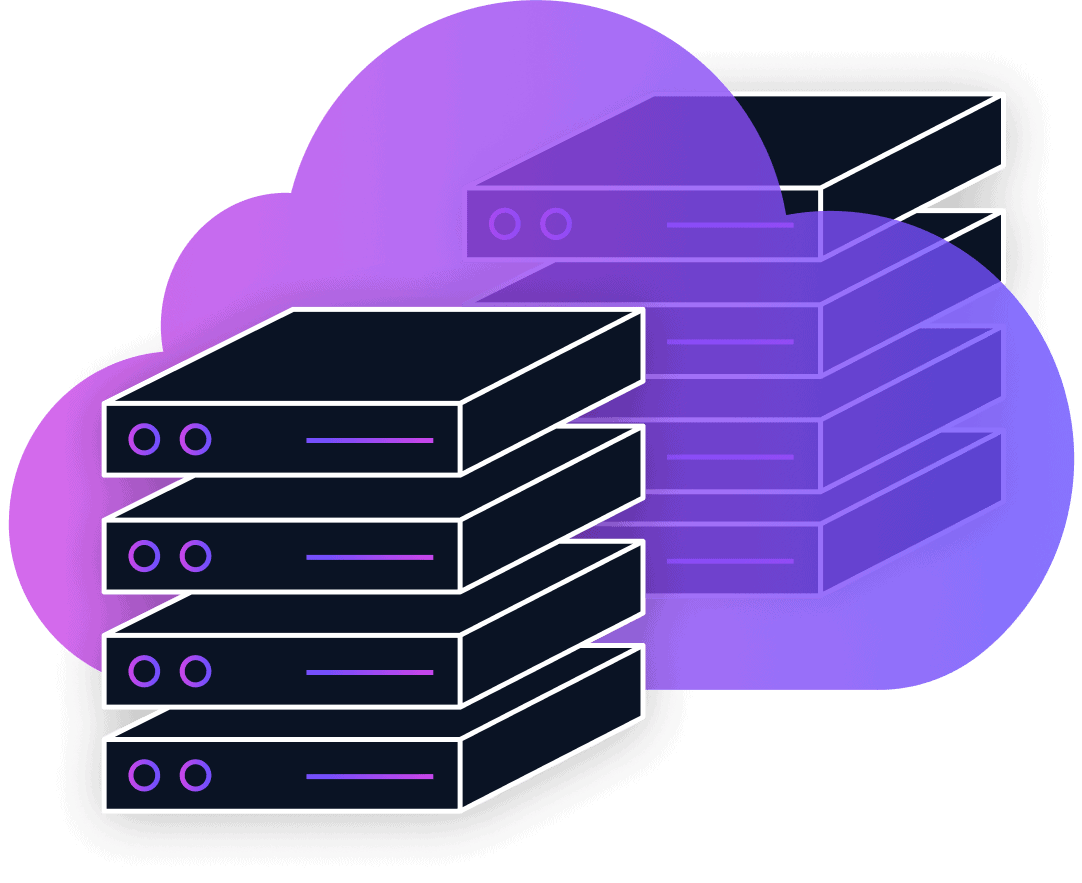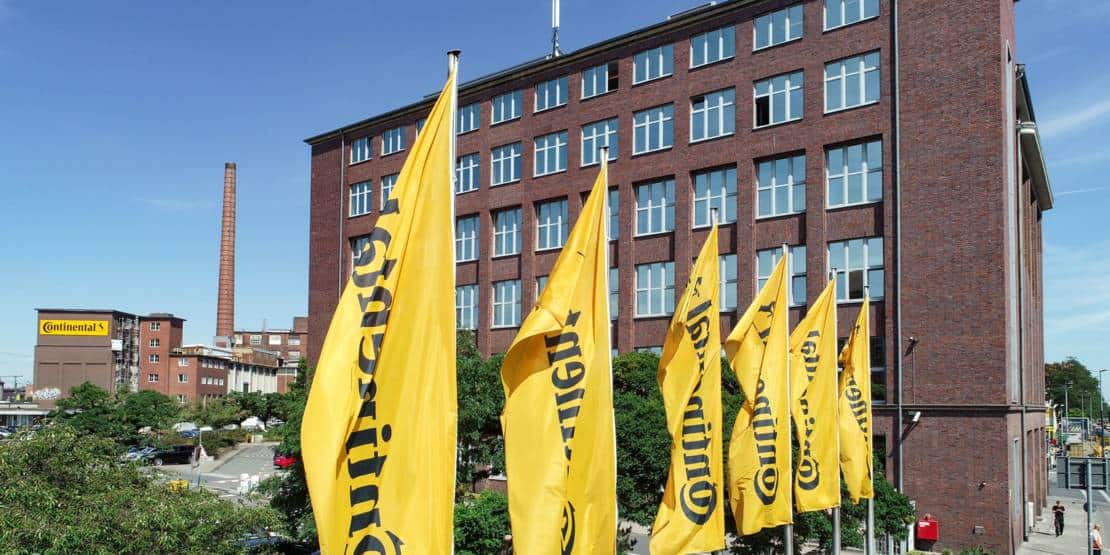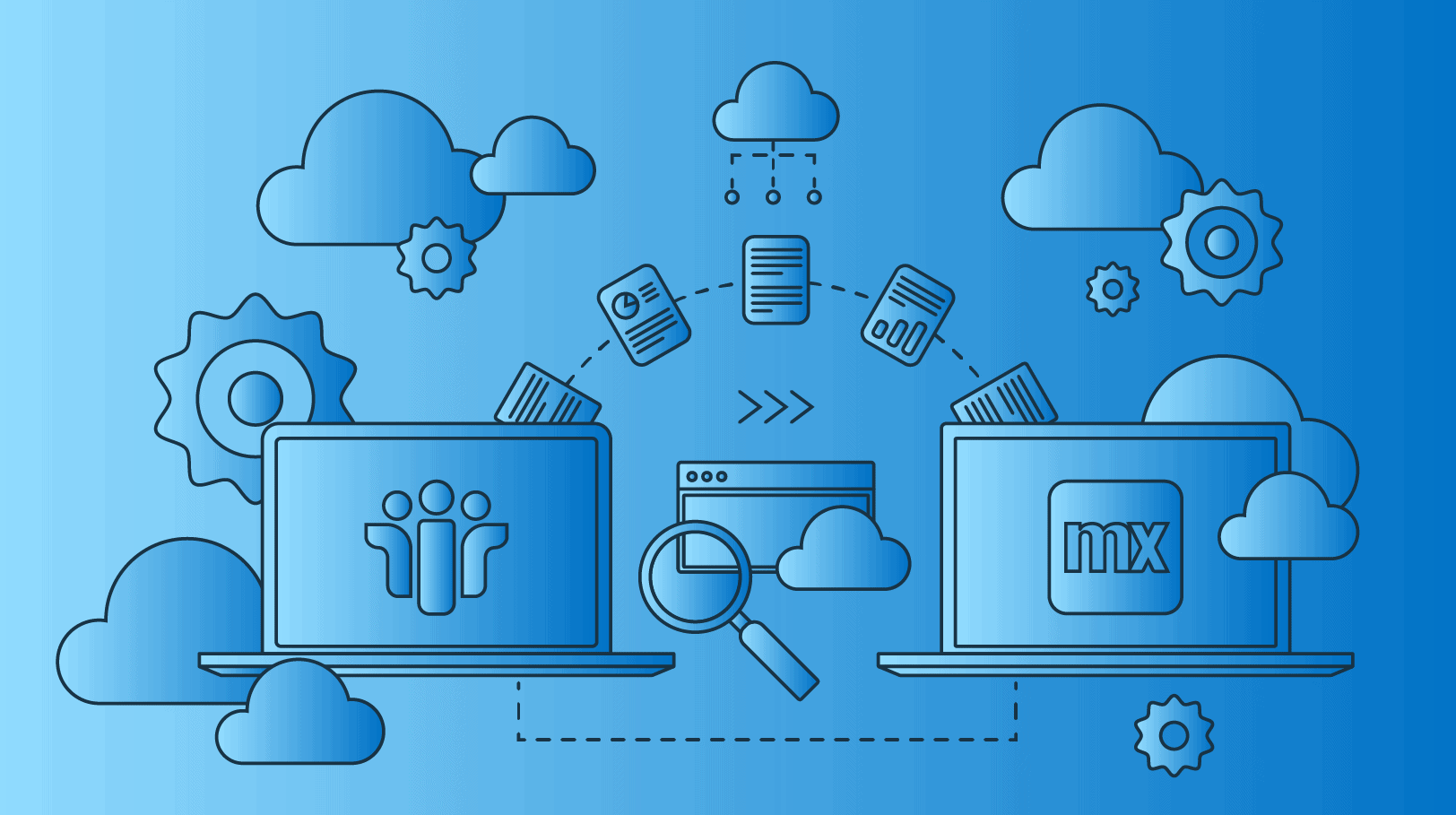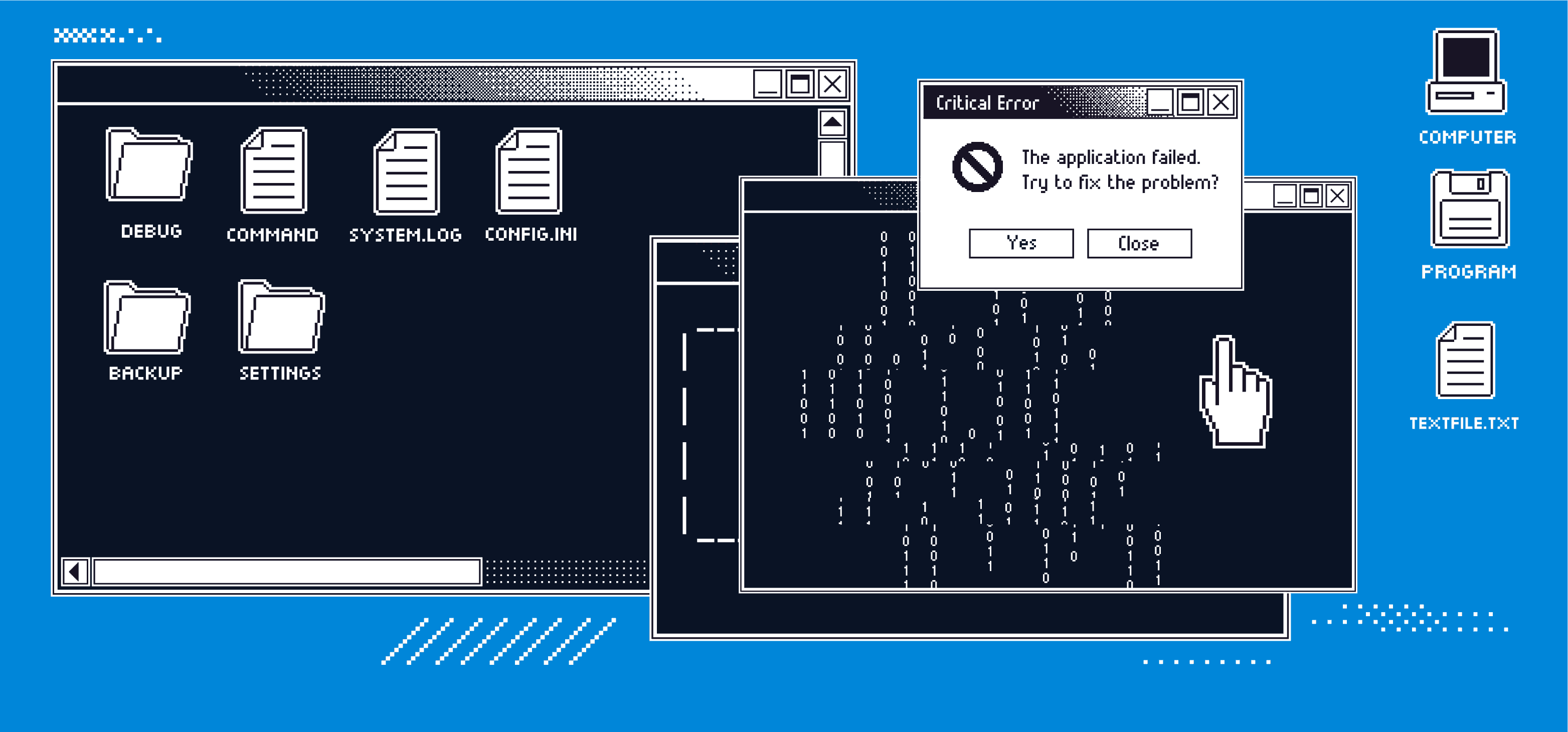

Migrate Your Legacy Applications with Low-Code
Boost application agility and resilience while simplifying legacy systems
Monoliths are massively complex
in all the wrong ways
Although mission-critical for many businesses, legacy systems are costly, risky, and time consuming—and that’s just to keep the lights on.
Simplify with a low-code legacy migration
Low-code development presents a clear, streamlined path to legacy migration.
Taking a visual and collaborative approach, low-code solves the disconnect between what the business needs and what IT delivers by empowering developers of all skillsets.
For legacy migrations, Mendix helps enterprises:
- decentralize the monolith
- simplify systems
- improve existing applications
- evolve as business and user needs change.

Migrate and build back better with Mendix
Ditch the parts of your legacy systems that no longer serve a purpose and migrate business-critical applications to Mendix’s future-proof low-code platform.
With services that are cloud-native and containerized by default, Mendix makes legacy migration via low-code as efficient and streamlined as possible.
Take your applications beyond migration
Don’t stop at migration. Go beyond replicating functionality and enable your solutions to continuously evolve with Mendix.
Migration success stories
You may also like
-
![lotus-notes-migration]()
4 Reasons to Migrate Lotus Notes Apps to the Cloud
See 4 key challenges to Lotus Notes apps and how companies like the Boston Globe are adopting modern cloud platforms.
-
![migrate-legacy-systems]()
Migrate Legacy Systems to Improve Performance & Adaptability
Learn the challenges of legacy migration and how a low-code platform can be used to develop new, modern business-critical apps.
-
![legacy modernization wins]()
3 Immediate Benefits of Modernizing Legacy Systems
If you're asking yourself, "Why modernize legacy systems?" consider these legacy modernization benefits that range from quick wins to strategic evolution.
-
How do I know when it’s time for a legacy migration?
If the limitations of your organization’s legacy monolith are holding you back from adapting to evolving business and user needs, it’s time to consider modernization. Legacy migration enables organizations to move mission-critical applications to more modern technology. Replacing the entire monolith is a considerable undertaking, but legacy migration is a way to modernize at the speed of your unique business.
Related reading: How to Modernize Legacy Applications — the Right Way
-
How else can legacy systems be modernized?
Migrating legacy applications and processes may not be the right choice for every organization, but there are two other options to consider.
You can opt to extend the capabilities of your legacy system, which is ideal for those with core systems that still function as needed. Extending allows you to maintain your core system while you build new, modern processes and applications without disrupting current operations.
Read more about extending legacy systems
Replacing a legacy system is another option. This can be a time-intensive investment since it involves completely replacing your legacy system, but in many situations replacement can be the best option in the long run.




